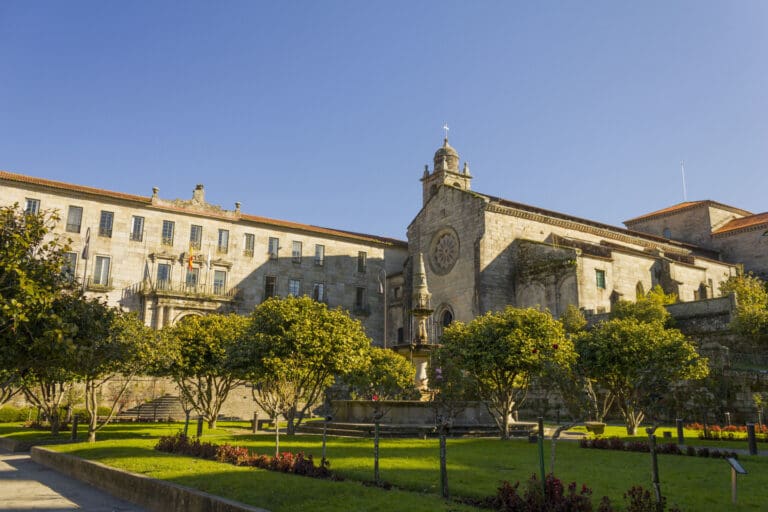The city underwent a radical transformation with the urban reform initiated in 1999 with the pedestrianization of the Historic Center. Since then, it has extended to the entire capital to improve urban quality. The change has been occurring according to a model that takes space away from cars to gain public space for other activities related to coexistence and sociability. Thus, natural mobility (especially pedestrian) is promoted to the detriment of motorized mobility. In this way, streets and squares are reclaimed as meeting places for citizens based on the fundamental right to public space, greenhouse gas emissions are reduced, road violence is curbed, universal accessibility is generalized, bicycles are integrated without segregated spaces, local consumption and the circular economy are promoted, all with enormous social participation. Thanks to the new model, the city is beginning to be known worldwide as a benchmark for urban quality, endorsed by numerous international awards received in Brussels, Dubai, New York, Hong Kong, among others. The commitment to the city as a quality space is the main reference of the capital at this time.
- Home Page
- Visit our Cities
- Pontevedra
Pontevedra







 Seguir enlace
Seguir enlace  Download Document
Download Document 















